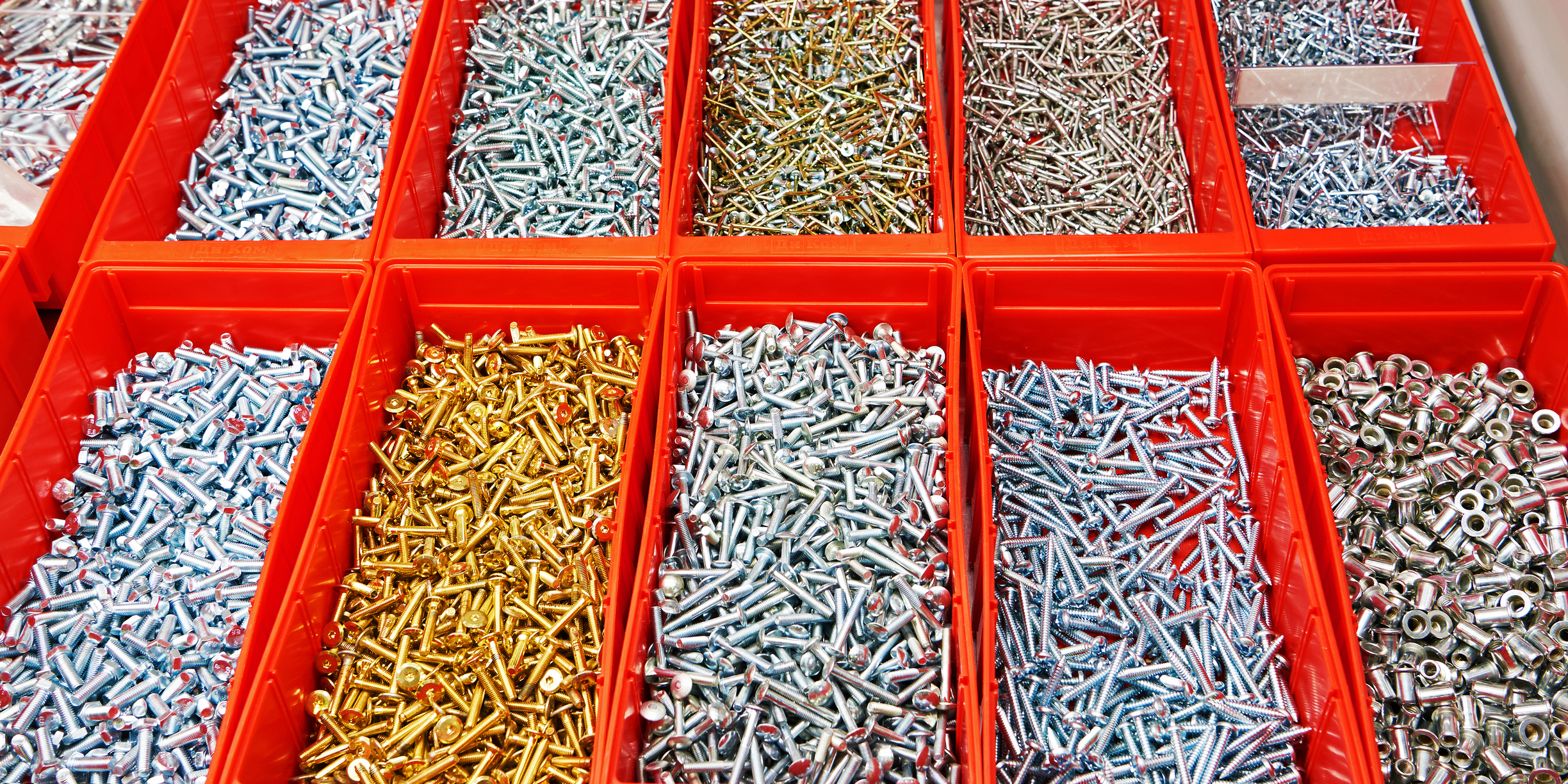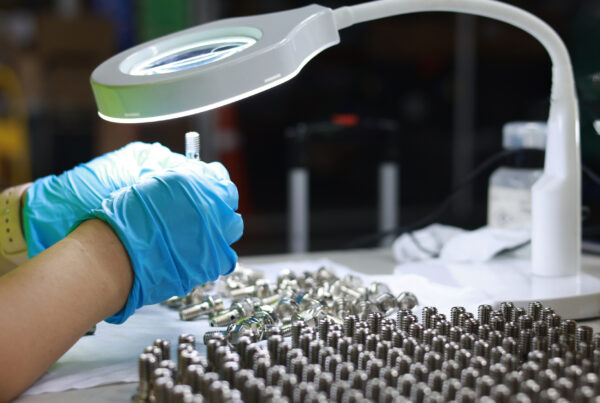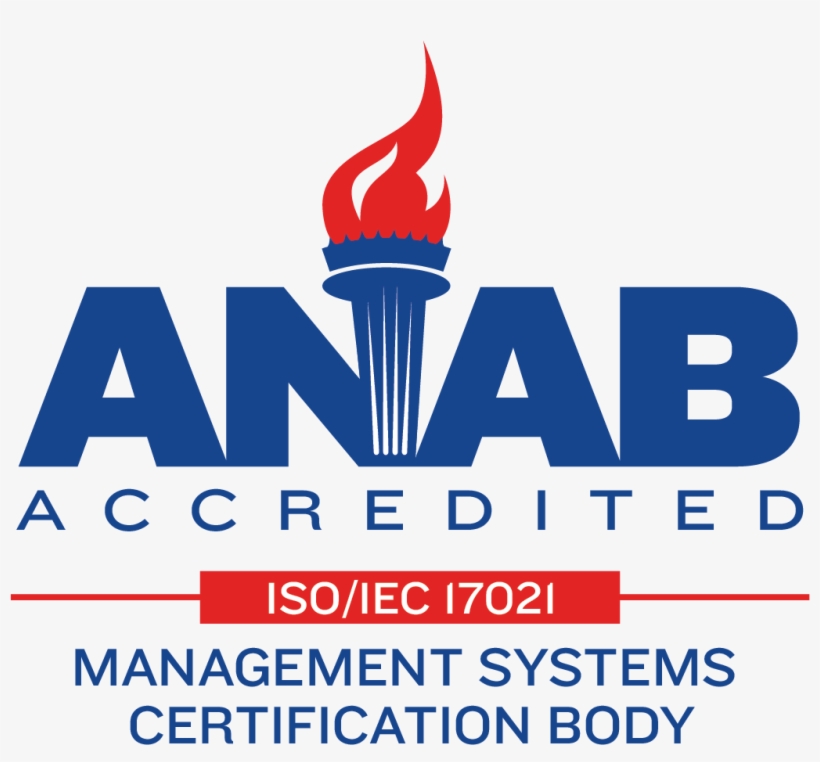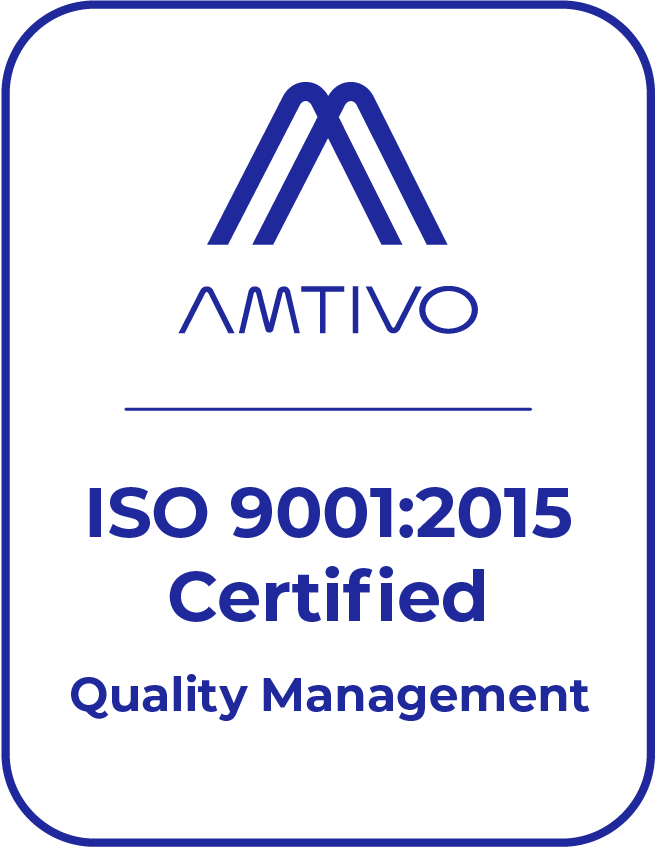When selecting a fastener, the finish is more than cosmetic—it determines the fastener’s performance, longevity, corrosion resistance, and suitability for different environments. At NAPPCO Fastener Company, we help buyers, engineers, and procurement pros understand these critical differences.
Here’s a guide to the most common and advanced fastener finishes—organized alphabetically for quick reference.
Black Oxide
Black oxide creates a smooth, matte black finish with minimal corrosion resistance unless paired with an oil coating. It’s ideal for indoor, low-glare, or aesthetic applications like tooling, hardware, or electronics.
Best for: Indoor environments, decorative hardware, tools
Avoid in: Humid or wet settings without additional protection
Cadmium Plating (Restricted)
Cadmium plating provides excellent corrosion resistance and lubricity, particularly in aerospace and marine environments. However, due to its toxicity, it’s now heavily restricted or banned in many regions.
Best for: Aerospace and legacy military equipment
Avoid in: Most modern applications due to environmental restrictions
Chrome and Nickel Plating
These electroplated finishes offer a shiny, decorative look with moderate corrosion resistance. They’re often found in visible or decorative applications like appliances, furniture, or automotive interiors.
Best for: Aesthetic purposes, appliances, interior trim
Avoid in: Structural or high-wear environments
Dacromet and Geomet (Zinc Flake Coatings)
These proprietary, non-electrolytic coatings deliver outstanding corrosion resistance in thin layers. They’re commonly used in automotive, construction, and wind energy applications, and they help avoid hydrogen embrittlement.
Best for: Salt spray, marine, or chemical exposure
Bonus: Great for high-performance structural assemblies
Galvanized (Hot-Dip)
Hot-dip galvanizing immerses the fastener in molten zinc to produce a thick, highly durable corrosion-resistant coating. It’s widely used in outdoor and marine environments where longevity is essential.
Best for: Outdoor structures, marine hardware, infrastructure
Avoid in: Precision fits where coating thickness affects tolerances
Green Ceramic
This specialty coating provides high corrosion and wear resistance, often used in non-conductive applications like electrical or telecommunications infrastructure. Its green color also serves as a visual identifier.
Best for: Harsh electrical environments, long-term installations
Note: Non-conductive; specialty product with limited availability
IVD Aluminum
Ion Vapor Deposition (IVD) Aluminum is a low-embrittlement, corrosion-resistant coating commonly used on aluminum fasteners in aerospace. It offers excellent galvanic protection in dissimilar metal assemblies.
Best for: Aerospace, aluminum structures, hydrogen-sensitive applications
Advantage: Thin and protective without adding significant weight
Mechanical Galvanizing
This process mechanically applies zinc without electricity, providing a consistent, hydrogen embrittlement-resistant coating. It’s widely used in structural bolting and complies with ASTM standards like A325 and A490.
Best for: Structural steel, heavy-duty outdoor construction
Benefit: Uniform coverage, lower risk of hydrogen issues
Phosphate Coatings (Black or Gray)
Phosphate coatings reduce friction and improve paint or oil adhesion. They offer minimal corrosion resistance unless paired with oil and are typically used in automotive or appliance manufacturing.
Best for: Painted assemblies, lubricated or low-friction applications
Avoid in: Moist or corrosive environments without secondary protection
PTFE and Xylan Coatings
These fluoropolymer coatings offer outstanding lubricity, chemical resistance, and anti-galling properties. They’re often color-coded and used in aerospace, automotive, and oil and gas industries.
Best for: Low torque, reusable assemblies, anti-seize requirements
Note: Not ideal as a standalone corrosion barrier
Stainless Steel (Uncoated)
Stainless steel is inherently corrosion-resistant and often doesn’t require additional finishing. It’s ideal for environments requiring strength, hygiene, or chemical resistance—but it can gall under friction.
Best for: Marine, medical, food-grade, or corrosive environments
Pro Tip: Use anti-seize to prevent galling during installation
Stalgard® Coatings (Continued)
Stalgard GB is specifically engineered for use on stainless steel fasteners in aluminum assemblies—effectively preventing galvanic corrosion without sacrificing appearance or strength.
Best for: Curtain walls, commercial construction, mixed-metal assemblies
Bonus: Excellent salt spray resistance and premium performance
Tin Plating
Tin is a soft, corrosion-resistant metal often used for its solderability and food-safe properties. It’s commonly applied in electronics, kitchen-grade equipment, and certain sanitary applications.
Best for: Electrical components, food processing equipment
Avoid in: High-wear applications—tin is a soft metal and can deform
Zinc Plating (Electroplated)
Zinc plating is one of the most common and cost-effective finishes. It provides moderate corrosion protection and a clean, silvery appearance. Zinc can also be chromate-passivated for enhanced resistance in yellow, clear, or black tints.
Best for: General-purpose indoor fasteners, dry environments
Avoid in: Marine or heavy-duty outdoor use without additional protection
Zinc Yellow or Clear Chromate (Passivation)
This enhancement to zinc plating offers better corrosion resistance and visual differentiation. Yellow chromate is often used in automotive and construction; clear chromate offers a more neutral look.
Best for: Indoor and light outdoor environments with better salt spray needs
Pro Tip: Often used where color-coding or added protection is needed without moving to galvanized options
Final Thoughts: Choosing the Right Fastener Finish
Selecting the right finish depends on more than just cost or appearance. Consider:
- Environmental exposure: Is the fastener going indoors, outdoors, underground, or near saltwater?
- Corrosion resistance needs: Will the finish meet the required salt spray hours or ASTM standards?
- Galvanic compatibility: Will it contact other metals like aluminum or stainless?
- Functionality: Does the finish impact friction, installation torque, or reusability?
- Compliance: Does your project require specific certifications (ASTM, SAE, MIL-SPEC, etc.)?
Let NAPPCO Help You Choose Wisely
At NAPPCO Fastener Company, we don’t just ship fasteners—we advise, engineer, and solve. Whether you need standard zinc finishes or specialized coatings for aerospace, marine, or telecom, our team helps you match the right product to your application, every time.







